PPT-Function of ingredients Cupcakes
Author : anya | Published Date : 2024-01-29
Selfraising flour Makes the cake rise increase in size Caster sugar Makes the cake sweet Margarine Makes the cake moist Egg Binds the mixture together Vanilla essence
Presentation Embed Code
Download Presentation
Download Presentation The PPT/PDF document "Function of ingredients Cupcakes" is the property of its rightful owner. Permission is granted to download and print the materials on this website for personal, non-commercial use only, and to display it on your personal computer provided you do not modify the materials and that you retain all copyright notices contained in the materials. By downloading content from our website, you accept the terms of this agreement.
Function of ingredients Cupcakes: Transcript
Download Rules Of Document
"Function of ingredients Cupcakes"The content belongs to its owner. You may download and print it for personal use, without modification, and keep all copyright notices. By downloading, you agree to these terms.
Related Documents

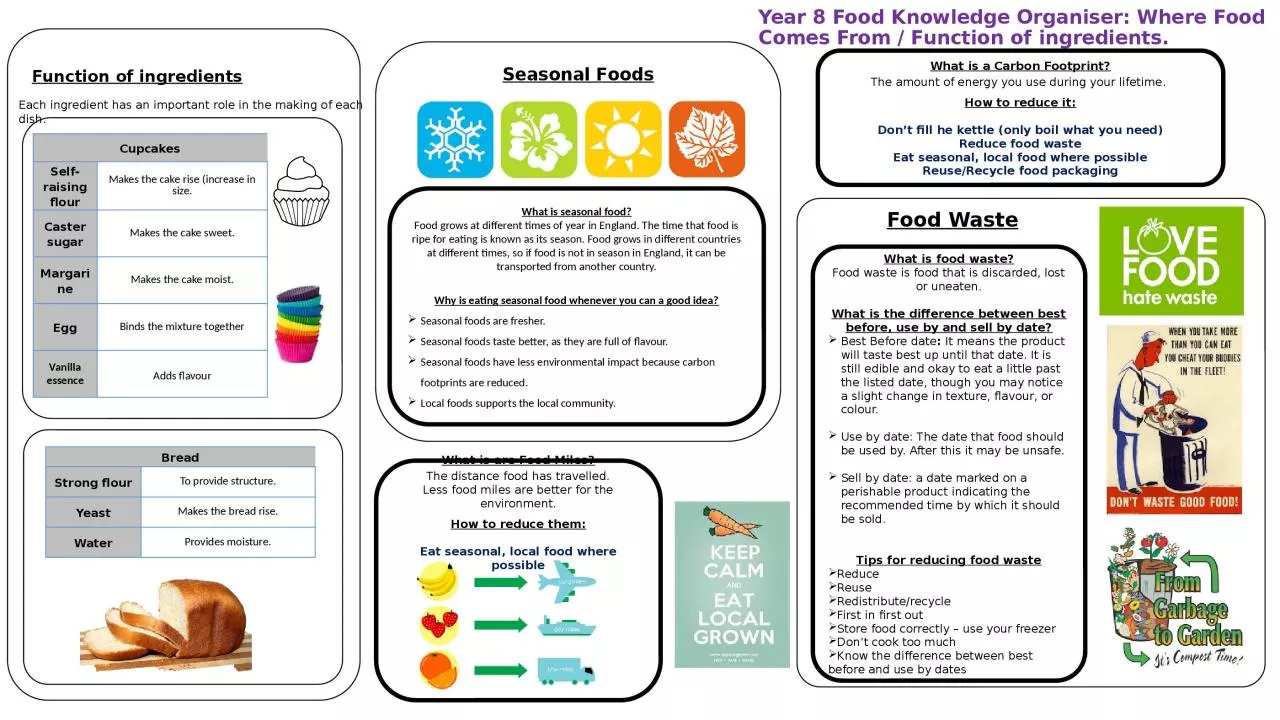

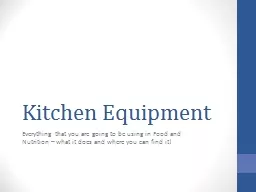
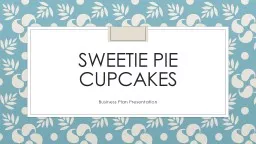


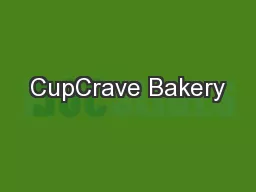
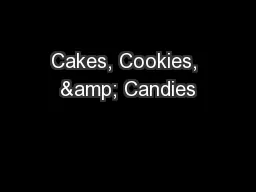
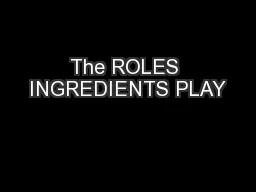


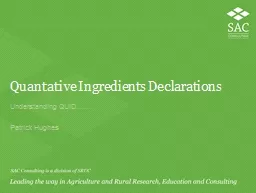
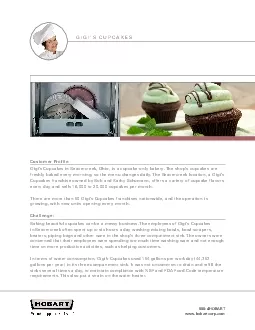
![[DOWNLOAD] - Vegan Cupcakes Take Over the World: 75 Dairy-Free Recipes for Cupcakes that](https://thumbs.docslides.com/892734/download-vegan-cupcakes-take-over-the-world-75-dairy-free-recipes-for-cupcakes-that-rule-6157de109428c.jpg)